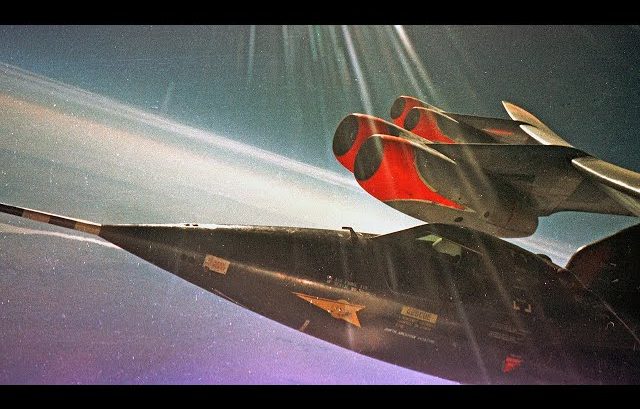The North American X-15 rocket-powered aircraft project was widely known for bridging the gap between human-crewed flight within and beyond the bounds of the Earth.
Its most recognizable mission was flight number 90, a test flight done by the Air force and NASA.
A Hypersonic Rocket Plane
In the 1950’s NASA’s predecessor, the national advisory committee for aeronautics joined the x-series program of experimental rocket-powered planes.
The project’s main objective was to push all aviation boundaries. Its most ambition prototype was the X-15, a hypersonic rocket-powered aircraft expected to fly as fast as Mach 6 speed at peak altitudes of at least 4 miles.
Walker
Pilot Joseph Walker was chosen to achieve missions number 90 and 91. A former reconnaissance pilot in WWII rejoined NACA as a civilian test pilot.
In March 1960, he flew the X-15 for the first time. By the summer of 1963, he already flew the aircraft 23 times.
Flight 90
Despite small, but essential deviations, the X-15 exceeded all expectations, hitting a speed of Mach 5.5 or 3710 miles per hour.
The aircraft also overshot its planned ceiling for the mission by 31,200 feet. Because of this, its trajectory peaked at 347, 800 feet. Technically, speaking, Walker had unwittingly entered space and became a space pilot aboard his X-15 becoming the first civilian in space.
Flight 91
For mission 91, the engine would burn for 84.5 seconds and reach a top speed of Mach 5.38. During the flight test, the X-15 hit a record-breaking altitude of 354,199 feet.
Post-Flight
The X-15 program continued for more than five years after flight 90, flying an additional 108 missions.



